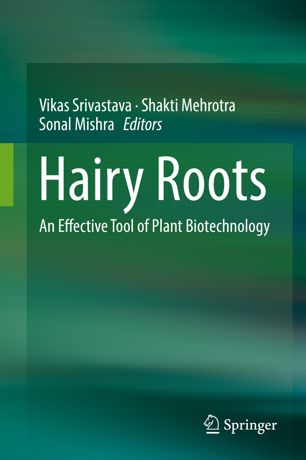

Most ebook files are in PDF format, so you can easily read them using various software such as Foxit Reader or directly on the Google Chrome browser.
Some ebook files are released by publishers in other formats such as .awz, .mobi, .epub, .fb2, etc. You may need to install specific software to read these formats on mobile/PC, such as Calibre.
Please read the tutorial at this link: https://ebookbell.com/faq
We offer FREE conversion to the popular formats you request; however, this may take some time. Therefore, right after payment, please email us, and we will try to provide the service as quickly as possible.
For some exceptional file formats or broken links (if any), please refrain from opening any disputes. Instead, email us first, and we will try to assist within a maximum of 6 hours.
EbookBell Team

5.0
20 reviewsThe growing scale of plant-based chemicals for industrial use has generated considerable interest in developing methods to meet their desired production levels. Among various available strategies for their production, the development of Agrobacterium rhizogenes mediated hairy root cultures (HRCs) is generally considered the most feasible approach. Additionally, several proof-of-principle experiments have demonstrated the practical feasibility of HRCs in the plant-based remediation of environment pollutants, biotransformation of important compounds, and production of therapeutic proteins.
Given that hairy root biotechnology has now been recognized as a promising and highly dynamic research area, this book offers a timely update on recent advances, and approaches hairy roots as a multifaceted biological tool for various applications. Further, it seeks to investigate the loopholes in existing methodologies, identify remaining challenges and find potential solutions by presenting well thought-out scientific discussions from various eminent research groups working on hairy root biotechnology.
This book provides detailed conceptual and practical information on HRC-based research, along with relevant case studies. The content is divided into three broad sections, namely (i) Hairy Roots and Secondary Metabolism, (ii) Progressive Applications, and (iii) Novel Approaches and Future Prospects. By informing the research and teaching community about the major strides made in HRC-based interventions in plant biology and their applications, the book is sure to spark further research in this fascinating field.